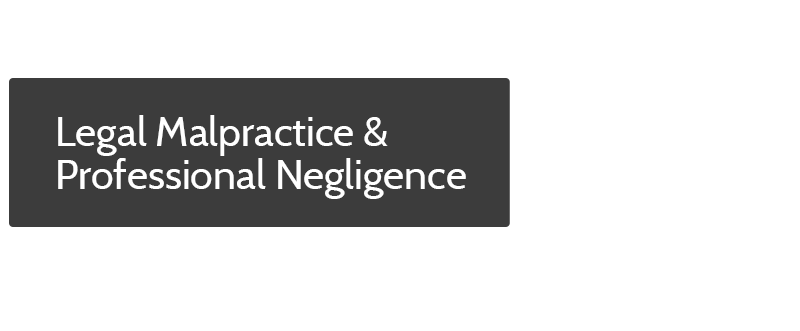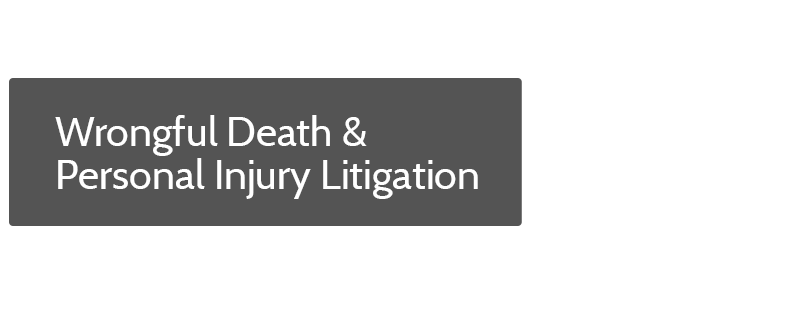Tag Archives: California
Negligence Arising From “Special Relationships”
THE LAW RECOGNIZES CERTAIN “SPECIAL RELATIONSHIPS” THAT MAY GIVE RISE TO NEGLIGENCE-RELATED DUTIES Legal liability for negligence requires four elements: (1) a legally recognized duty, (2) a breach of that duty, (3) causation, and (4) damages. Many duties are imposed or created by law, including duties that arise from the relationship between the relevant… Read More »
Can A “Good Samaritan” Be Held Liable For Negligence?
WHEN “GOOD SAMARITANS” ACT NEGLIGENTLY, LEGAL LIABILITY MAY OCCUR The Biblical story of the “Good Samaritan” describes a person (a Samaritan) who voluntarily helps an injured man he discovers lying by the side of the road. In the Bible, the Samaritan is praised for his actions – as, indeed, society does (and should) consider… Read More »
Permissive Use Liability in Automobile Accidents
WHAT IS “PERMISSIVE USE” LIABILITY? Permissive use liability is a form of imputed or vicarious liability created under the California Vehicle Code (Section 17150). This statute is one of several legal theories that hold the owner of a motor vehicle (often, but not limited to, an automobile) legally responsible for injuries caused by people using the… Read More »
Who Is Legally Liable For Dangerous Conditions on Property?
PREMISES LIABILITY LAW DOES NOT APPLY ONLY TO OWNERS OF PROPERTY. Premises liability law creates duties, rights, and remedies relating to real property and improvements on real property, like buildings, recreational equipment (e.g., swimming pools), and certain kinds of landscaping. The potential liability associated with premises liability applies to any person (including corporations and other legal… Read More »
Compensatory Damages in Malicious Prosecution Actions
WHAT ARE COMPENSATORY DAMAGES? Compensatory damages are damages designed to make the plaintiff “whole.” Put another way, compensatory damages attempt to compensate the plaintiff–to “pay back” the damages the plaintiff has incurred as a result of the defendant’s wrongful conduct. Generally speaking, only prevailing plaintiffs are able to recover damages. This means the plaintiff must… Read More »
The Definition–and Duty–of “Common Carriers”
WHAT ARE COMMON CARRIERS? Legally, a “common carrier” is any person or company that transports passengers or goods at standardized rates along regular routes. In simpler terms: any taxi, bus, train, airline, or trucking company is a common carrier, as is any other company (or individual) that performs a similar, regular service on a… Read More »
The Duty to Prevent Harm
In California, the law does not impose a general duty on people to take specific or affirmative actions to help or protect others, even when they see another person in danger. However, this rule is subject to many exceptions–so many that, in places, they seem to almost overwhelm the rule. California and Federal laws impose… Read More »
What is Negligence?
NEGLIGENCE INVOLVES A BREACH OF DUTY THAT RESULTS IN INJURY. When people (or, in proper circumstances, entities like corporations) fail to comply with their legal duties, and someone is injured as a result of that failure, negligence law provides the framework within which courts (and individuals) determine whether or not the wrongdoer will be held liable and… Read More »
Special Relationships in Negligence: Housing/HOAs
GENERALLY, NEGLIGENCE LIABILITY REQUIRES THE EXISTENCE OF A DUTY Generally speaking, California law does not create negligence liability for people or entities who “fail to act” to prevent harm to others. This is because negligence liability requires the breach of a duty, and as a general rule the failure to act to prevent harm is… Read More »
What is “Negligence per se”?
NEGLIGENCE PER SE IS A RULE THAT CREATES A PRESUMPTION OF NEGLIGENCE WHERE DEFENDANTS BREAK CERTAIN KINDS OF LAWS When defendants–including property owners–engage in certain kinds of behavior, the law allows a presumption that negligence has occurred. While this presumption is rebuttable, meaning that a defendant can introduce evidence to prove (s)he was not negligent, the… Read More »














